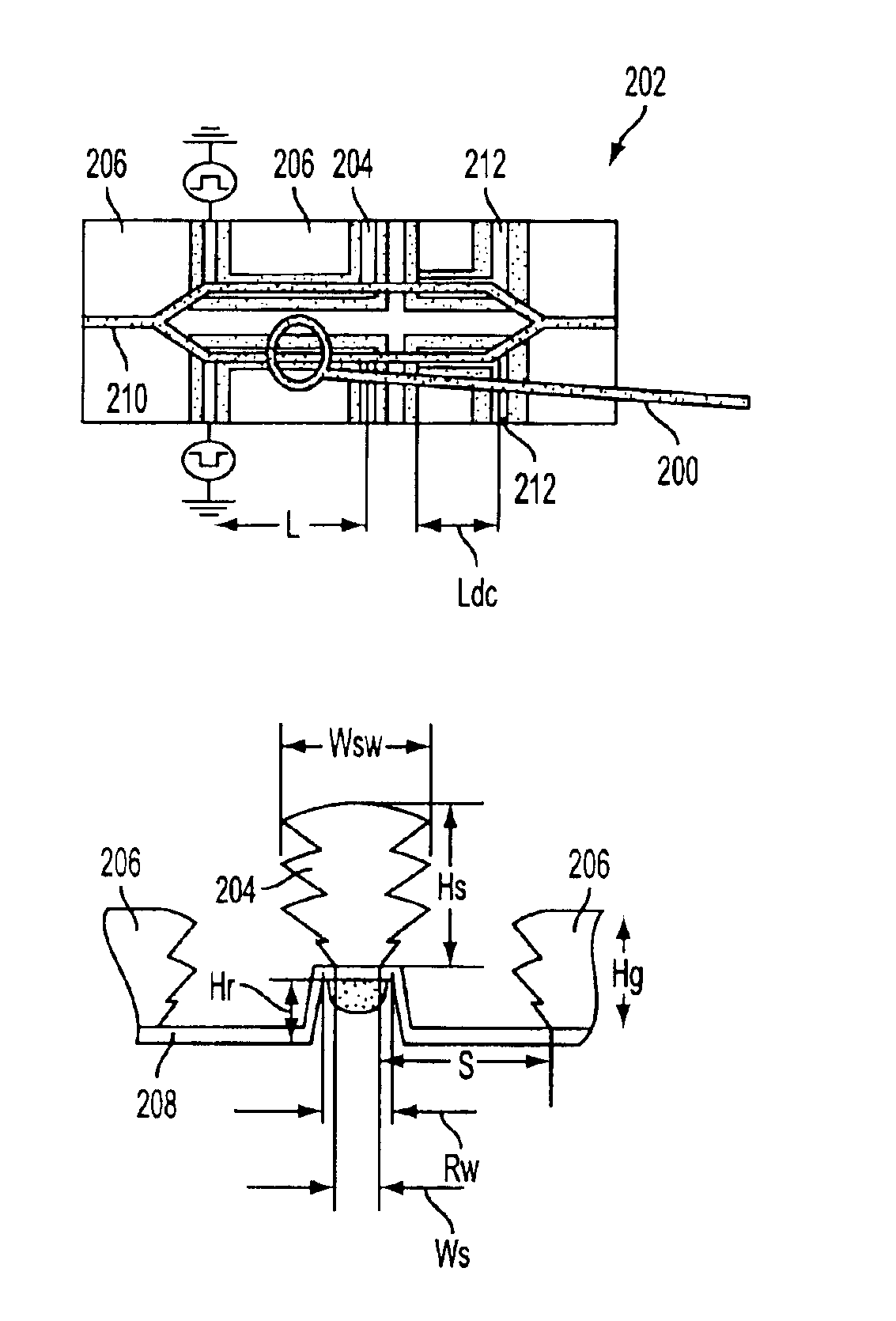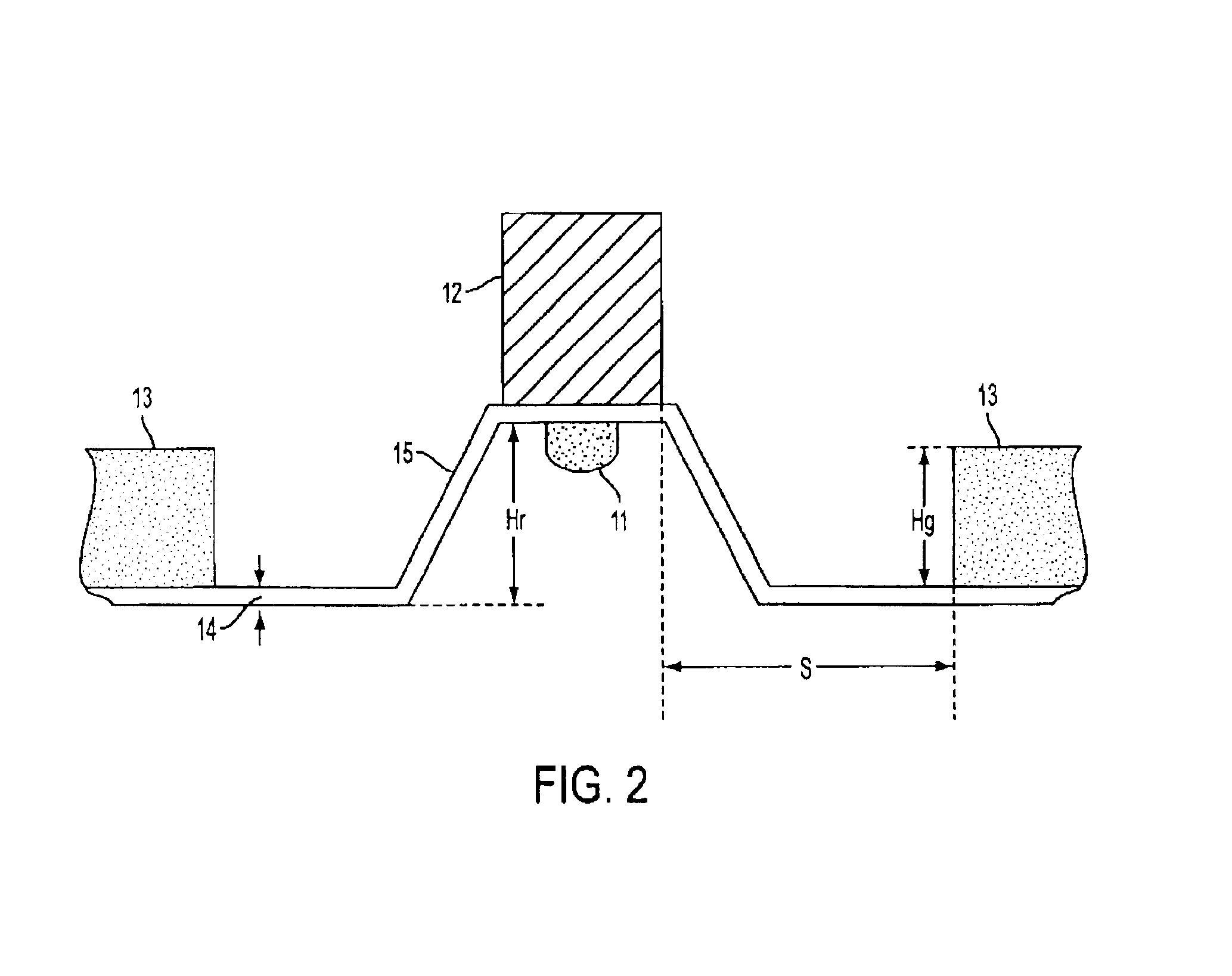Optical modulator and design method therefor
a technology of optical modulators and optical components, applied in the field of optical modulators, can solve the problems of reducing the modulation ratio, driving voltage of modulators, and difficulty in further improving the performance of conventional optical modulators or reducing the drive voltage of optical modulators, and achieve the effect of reducing the drive voltag
- Summary
- Abstract
- Description
- Claims
- Application Information
AI Technical Summary
Benefits of technology
Problems solved by technology
Method used
Image
Examples
Embodiment Construction
>[0040]FIG. 24 is a plan view of an optical modulator with single electrode structure according to an embodiment of the present invention;
[0041]FIG. 25 is a diagram illustrating a top view of a dual-drive optical modulator, according to an embodiment of the present invention;
[0042]FIG. 26 is a diagram illustrating a cross section of an area of the optical modulator in FIG. 25, according to an embodiment of the present invention;
[0043]FIG. 27 is a diagram illustrating a top view of a dual-drive optical modulator, according to an additional embodiment of the present invention;
[0044]FIGS. 28, 29 and 30 are diagrams illustrating a cross section of an area in FIG. 27, for providing different structural configurations, respectively, according to embodiments of the present invention;
[0045]FIG. 31 is a diagram illustrating a top view of a single-drive optical modulator, according to an embodiment of the present invention; and
[0046]FIG. 32 is a diagram illustrating a cross section of an area...
PUM
| Property | Measurement | Unit |
|---|---|---|
| interaction length | aaaaa | aaaaa |
| gap width | aaaaa | aaaaa |
| gap width | aaaaa | aaaaa |
Abstract
Description
Claims
Application Information
 Login to View More
Login to View More - R&D
- Intellectual Property
- Life Sciences
- Materials
- Tech Scout
- Unparalleled Data Quality
- Higher Quality Content
- 60% Fewer Hallucinations
Browse by: Latest US Patents, China's latest patents, Technical Efficacy Thesaurus, Application Domain, Technology Topic, Popular Technical Reports.
© 2025 PatSnap. All rights reserved.Legal|Privacy policy|Modern Slavery Act Transparency Statement|Sitemap|About US| Contact US: help@patsnap.com



